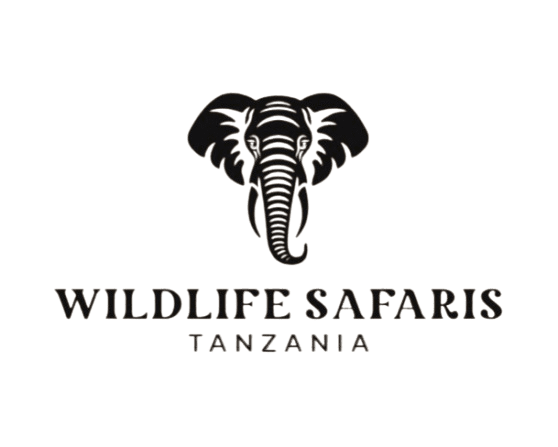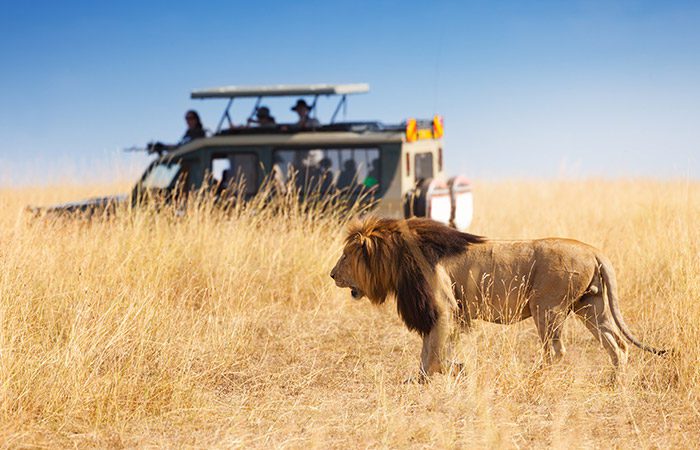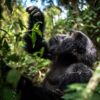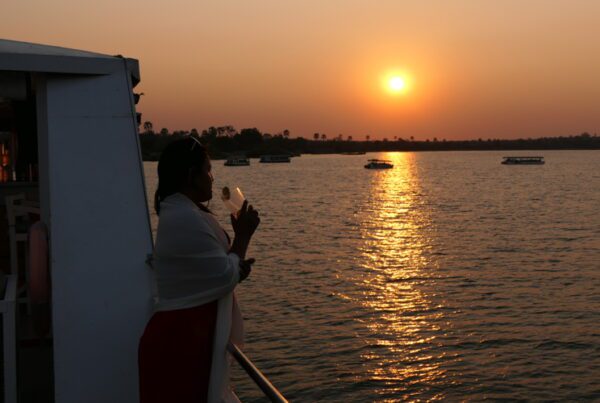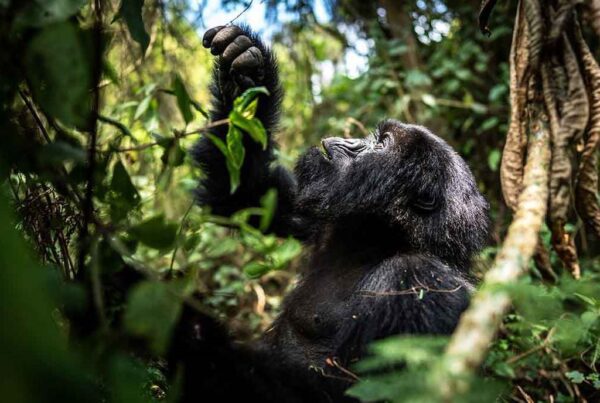Lion Safari in Tanzania
As the sun sinks, one familiar sound is heard from eight miles away. It’s a lion’s roar, the sound that defines the wild heart of Africa. In Tanzania, this roar is more than a call; it’s a soundtrack of the country with the world’s highest concentration of lions. With a rough estimate of 15,000 lions, Tanzania perfectly deserves a lion safari.
Lions command the wide-open plains and acacia-studded woodlands. They are a true definition of African wilderness and the most recognized member of the Big Five. (And probably the most dangerous). Lions have a sandy-brown coat with a tail tipped with a dark tuft. Males have a thick mane draped over their neck and shoulders.
Lions never stay in total isolation. You will always find them in groups called prides. A pride mainly consists of blood-related females, staying for so long (and maybe forever) in the pride, playful cubs, and a few males. Once grown-ups, males leave the pride to find another pride to spread their progeny. This desire makes them all-time nomads, moving from one place to another.
As you observe a lion pride in silence for hours (maybe days), you notice something very interesting. There’s a clear division of labor. The females feed the pride. With her excellent hunting techniques, the lioness ensures her cubs are the ‘early birds’ once she catches the worm. Males, on the other hand, protect their habitat or territory from any invasion by other prides.
When to see lions in Tanzania
There are better months when it’s perfect to see lions in Tanzania. June through October offer some of the best lion safaris due to the low grass. Lions, preferably, live in open plains, which dry and thin out during the dry season. Moreover, January and February also offer the best game driving experience to search for these large, mighty cats. Here are our top places to see lions in Tanzania.
Serengeti National Park.
Home to the annual migration of wildebeest and zebras and the Big Five, this 14,763 km2 expanse is one of the strongholds of lions in Africa. To dig a bit deeper, Serengeti was first established as a game reserve in 1929 to protect lions. (Back then, trophy hunting brought the lion population severely down).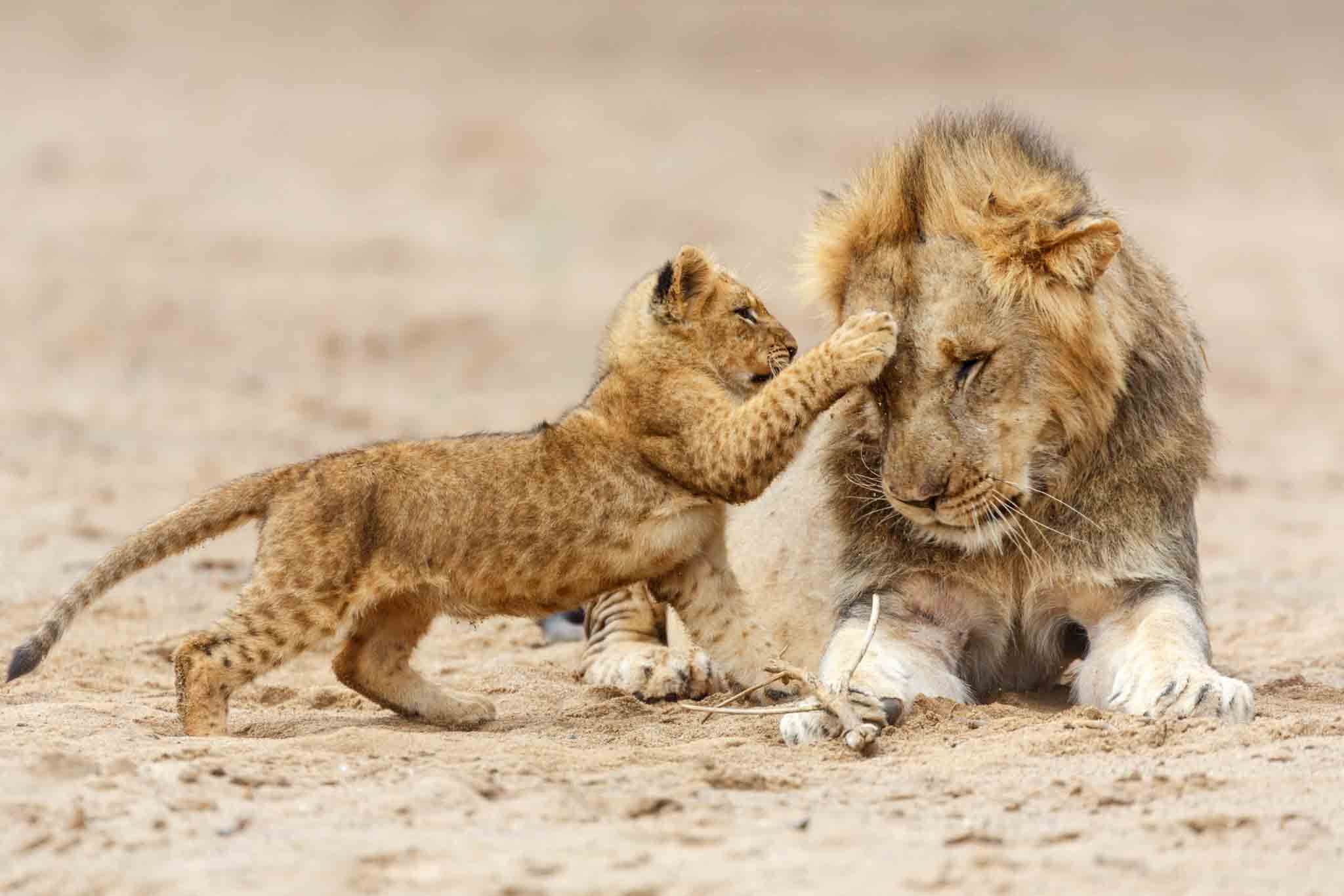
Rough estimates put lion count in the Serengeti around 3000-4000. Since lions prefer plains, they have the ‘endless plains’ of this world-famous park as their hunting grounds. With clear visibility and flat terrain, they easily spot prey and engage them with a high-speed chase. And they hunt in groups.
You can simply see lions throughout the Serengeti. However, their concentration is phenomenal in the central part. The Namiri Plains in the park’s east is a remote place to spot as many lion prides as possible, and other big cats , such as leopards and cheetahs.
Ruaha National Park.
Known to hold 10% of Africa’s lions, Ruaha is not only the second-largest park (after Nyerere (Selous)) but also one of the remotest wildlife expanses. Here, untouched ‘super prides’ of up to 30 lions make frequent appearances during game drives. Ruaha spans around 20,000 km2 and harbors a mosaic of habitats, including open grasslands, baobab-studded woodlands, and riverine forests.
The best thing is that there are no crowds in Ruaha, no matter when you visit it, as it only gets a fraction of visitors. In addition to a lion safari, encountering 200-strong elephant herds is awesome. Add to it, large pods of hippos are often seen during boat rides on the Great Ruaha. You can also sleep under the stars in a unique fly camp organized by most safari camps in Ruaha.
Ngorongoro Crater.
Geographically, this enormous caldera is simply a 264-sq-km expanse with a depth of 600 m and a diameter of 18 km. However, the lion population is promising, and this African apex predator often makes a regular appearance during game drives. This crater hosts about 70, which is the world’s highest concentration of lions.
Alongside lions are abundant prey, including wildebeest, zebras, impalas, gazelles, and buffalo feeding on the fertile grasslands. The crater is also home to elephants, spotted hyenas, leopards, black rhinos, and cheetahs, all making your safari busy with wildlife sightings.
Lake Manyara National Park.
Lake Manyara is often overlooked, as many safari-goers favor the Serengeti and Ngorongoro, which are in proximity to it. The soda lake (Manyara) takes about 75% of the total area (approx. 330 km2). The remaining land is not short of animals. A unique subspecies of lions, tree-climbing lions, exists here. It’s a place where you can see a lion resting on an acacia branch.
Apart from lions, Lake Manyara has other things to add to your safari. If you love birds, why not stare at the beautiful pink flamingos on the lake shore? You can also encounter elephants, buffalo, giraffes, and monkeys. A canoe ride on Lake Manyara and a treetop canopy walk are bucket-list experiences to add to your itinerary.
Let’s plan your dream adventure.
Should I keep browsing for places to see lions in Tanzania (or East Africa)? No, you shouldn’t. We’ll do this for you. Just call our experts to start planning.
